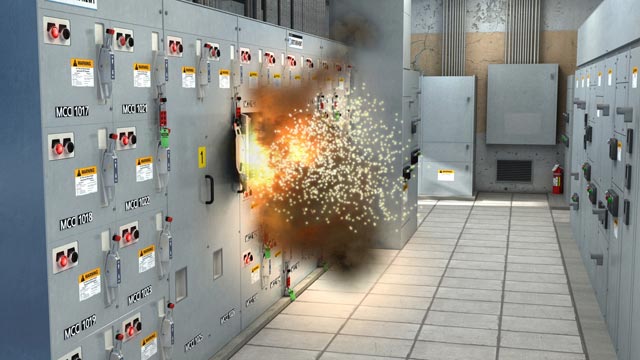
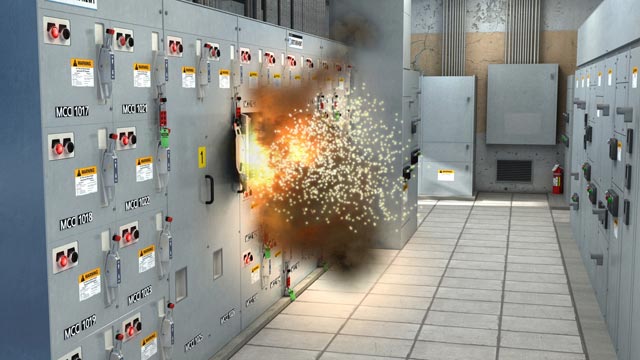
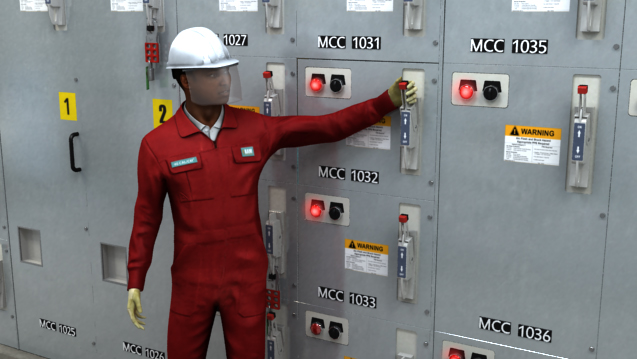
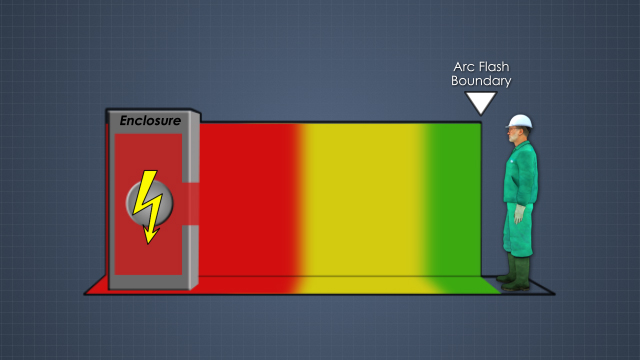
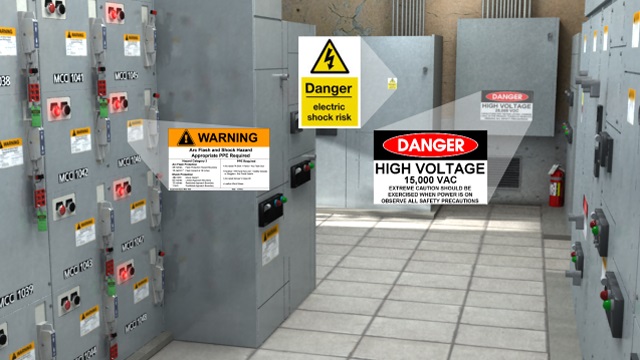
Arc Flash Safety
An arc flash is a release of energy that instantly superheats the air and any nearby components, causing an explosion. It’s a serious hazard when working on or near energized electrical equipment. OSHA requires that all employees understand the electrical hazards to which they are exposed. This course introduces the dangers of arc flash and presents common methods for preventing and protecting against those dangers.
Request a demoCourse Details
Learning Objectives
By the end of this course, you will be able to:
- Define “arc flash”
- List the dangers of an arc flash
- Identify common factors that increase the likelihood of an arc flash occurring
- Describe risk assessment and control methods
- Describe the basis for determining an arc flash boundary
- Describe the requirements for choosing the appropriate personal protective equipment (PPE)
- List the requirements for arc flash warning signs and labels
- List common lockout/tagout procedures
Specs
| Course Level | Intermediate |
| Languages | English, Portuguese, French, Japanese, Spanish |
| Compatibility | Audio, Video |
| Based on: | NFPA 70E® “Standard for Electrical Safety in the Workplace” Industry best practices |
Key Questions
What standards and regulations govern arc flash?
See NFPA 70E and OSHA’s 1910.333. They’re both covered in this arc flash safety video.
Is arc flash the same as electrical shock?
No. Electric shock comes from direct contact with an electric current. Arc flash, on the other hand, results when electrical current leaves its normal path and travels through the air.
Do I have to be touching an electrified object to be harmed by an arc flash?
No, you don’t. You can be injured while more than 20 feet away.
What hazards might an arc flash create?
Extremely high temperatures, explosions, blinding light, secondary explosions, and more.
What hazards might an arc flash create?
Extremely high temperatures, explosions, blinding light, secondary explosions, and more.
What are some causes of arc flash?
Damaged electrical insulation; damaged electrical equipment; and impurities, dust, debris, and even animals or insects contacting electrical components.
In addition to the causes above, are there human causes of arc flash too?
Yes. People can contribute to or cause an arc flash by contacting a live electrical part, using unsafe or inappropriate tools, using tools in an unsafe manner, dropping tools, ignoring warning signs and labels, and ignoring lockout/tagout procedures.
What are the hazard risk categories?
A way to categorize the risk of arc flash danger at a specific distance from energizing equipment (from 0 to 4). The hazard risk category can be used to determine the proper PPE for a job.
What is Arc Thermal Performance Value (ATPV)?
A rating method used to determine the amount incident energy that arc flash clothing and PPE can withstand.
What are electrical equipment boundaries?
Zones that mark different levels of danger around live electrical equipment. The zones for electric shock are the Restricted Approach Boundary and the Limited Approach Boundary. The Arc Flash Boundary is separate from and in addition to the electric shock boundaries.
What should maintenance workers do to prevent the risk of arc flash?
Follow de-energizing procedures, lockout/tagout procedures, and all other safe work practices.
Sample Video Transcript
In energized equipment, electric current travels in a very controlled, precise path. There are conditions that can cause electricity to divert from its normal path and travel through the air from one conductor to another conductor, or to ground. This release of energy instantly superheats the air and any nearby components, causing an explosion. This chain of events is known as an “arc flash.” Lightning is an example of a naturally occurring arc flash. Similar to lightning, arc flashes in the workplace occur suddenly and violently with no warning. Remembering some basic safety guidelines will reduce the chances that an arc flash will injure you or your coworkers.
Course Applies To
Demos + Pricing
Learn more about our courses, get pricing, and see our platform.











